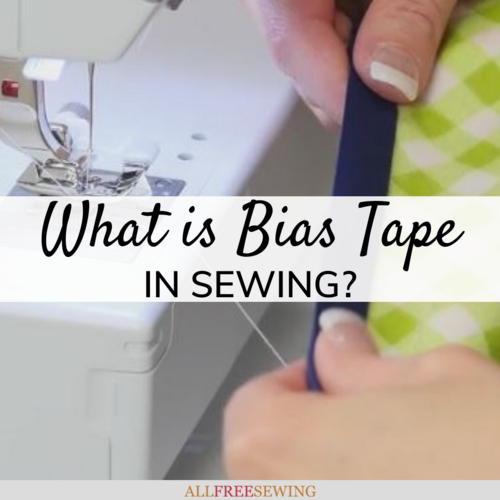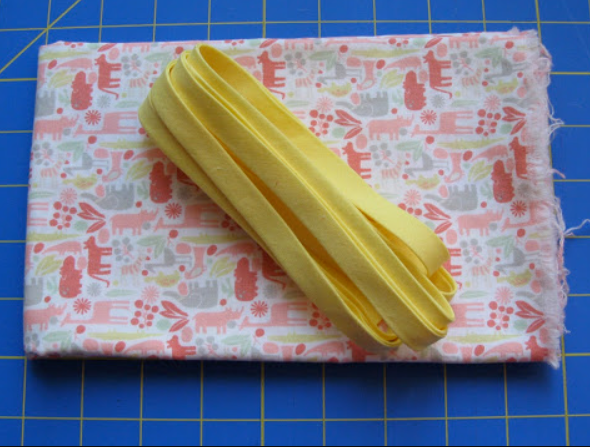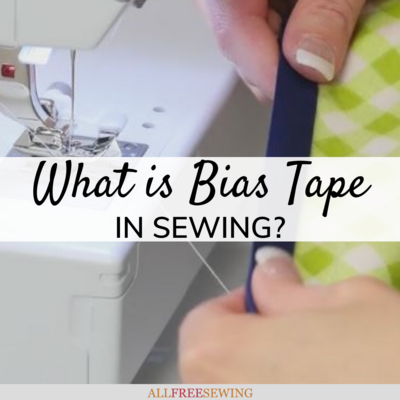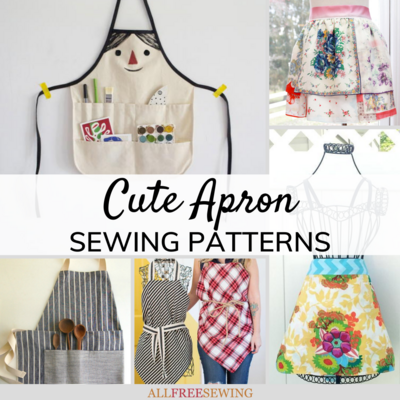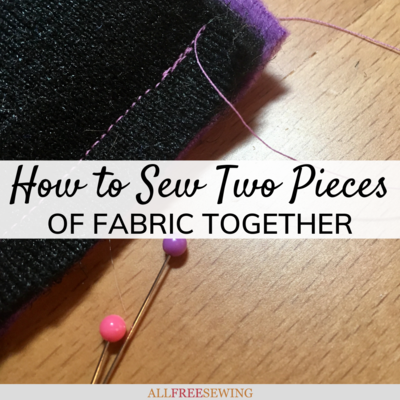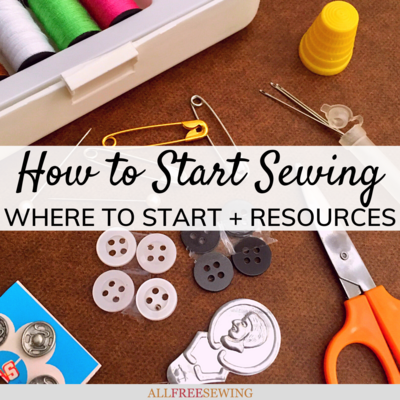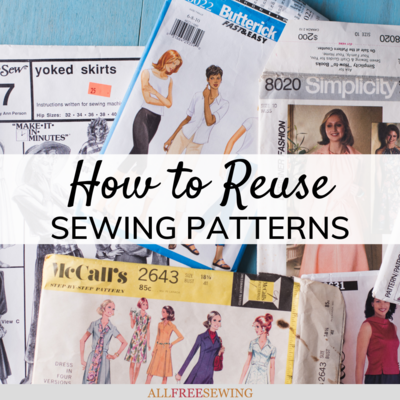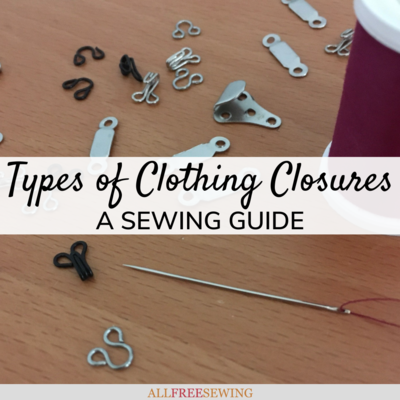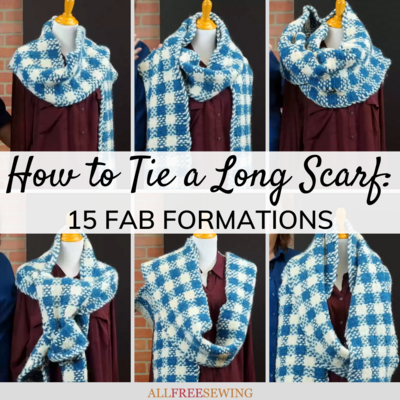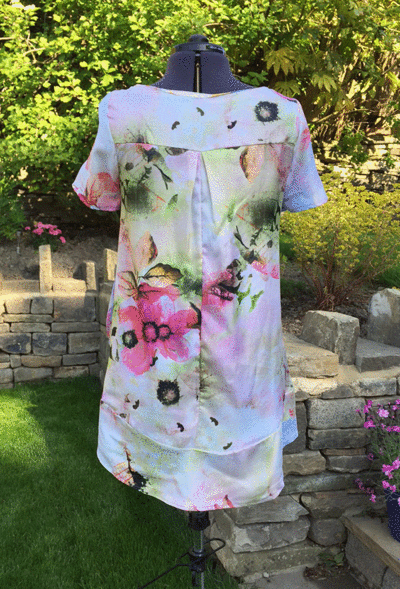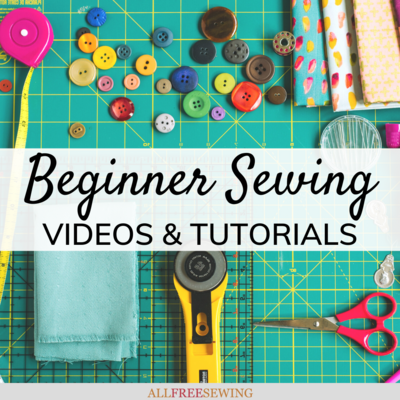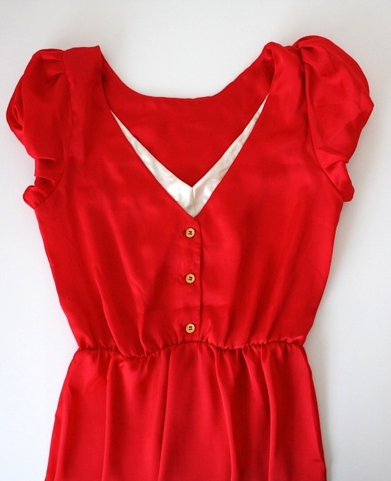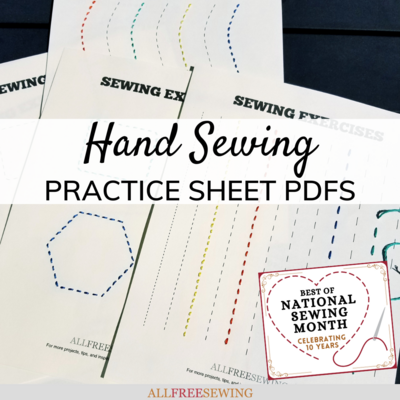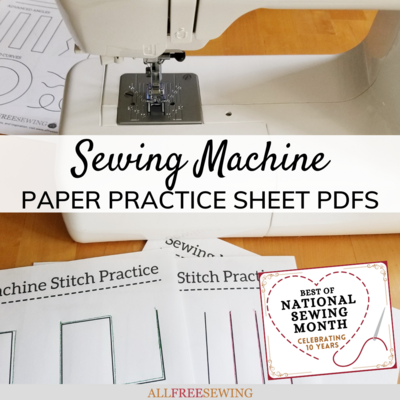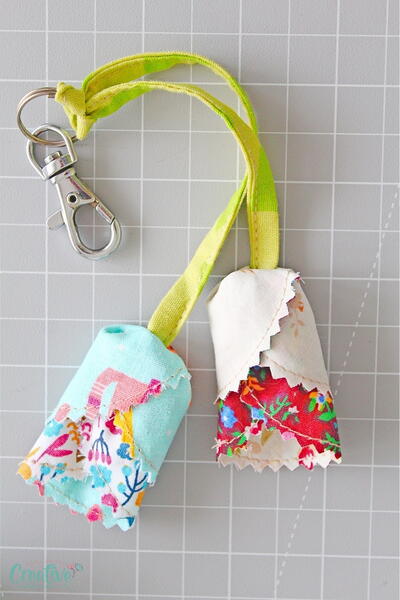What is Bias Tape? Sewing Guide + Tutorials
Learn what bias tape is in sewing, how to use it, types of bias tape, and more with this helpful resource.
First off, what is bias tape in sewing? Bias tape is a strip of fabric used to bind the edges of sewing projects. The bias is the line diagonal to the fabric grain.
Bias tape is a strip of fabric that is cut on the bias. It is used to create clean edges and provide a binding for fabric pieces.
In What is Bias Tape? we will explore what it is, the different ways to use it for your projects, and how to use bias tape. Because there are a couple of styles of bias tape and several different ways to apply bias tape, it can be confusing to sewists in what way to use this sewing accessory.
You can purchase bias tape or make your own, so we will help you know what to look for and choose what is best for you and your next project.
Also, if you'd like to read instructions instead, read below for how to do it with our written tutorials. These single-fold and double-fold tutorials are perfect for those who like to go at their own pace.
Wait, there's more! Below our own tutorials, there are even more ways to learn about bias tape from our sewing friends. So, make sure you check out the last section, too.
Sign Up For More Free Patterns >>>
What is Bias Tape in Sewing? Video Tutorial
If you are a visual learner and like to follow along with the teacher, we have a video tutorial you will love. Our go-to sewing expert, Angel Peterson, will show you how to use bias tape while you can follow along.
Check out this extensive video tutorial from Angel Peterson to learn everything you need to know about bias tape. This video tutorial is perfect for visual learners. If you would prefer written instructions, take a look at the sections below.
What is Bias Tape?
Bias tape is a strip of fabric used to bind the edges of sewing projects. It can be a thin or wide strip of fabric depending on the type and style. So, what do you use bias tape for?
Using bias tape helps add stability to the edge of your fabric but it also has other benefits. It is usually made of cotton, polyester, or a blend of the two.
Single-Fold Bias Tape: Single-fold bias tape shows only on the back side of a fabric piece, which means it's hidden from view. It is perfect for sewing on elastic since it covers and helps bind the elastic but doesn't show through to the other side. However, if you look at the back, the bias tape still makes it look clean.
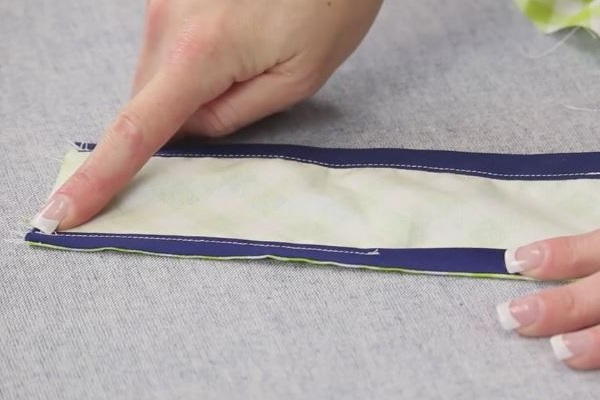
Double-Fold Bias Tape: Double-fold bias tape shows on both sides of the fabric. One side is on the front and then it is folded over to the back. Because it sandwiches the fabric, there are no rough edges. Double-fold bias tape also adds a decorative finish to any sewing project.
Bias tape comes in a few different fabric types and many different colors. Using bias tape means you can use a color that blends with your other fabrics or is a contrasting color that adds sharpness. You can also use different colors of thread to achieve the same effects.
Bias tape is also available in different types. Check out the next section to see what types are available, along with how and when you may want to use them in your sewing projects.
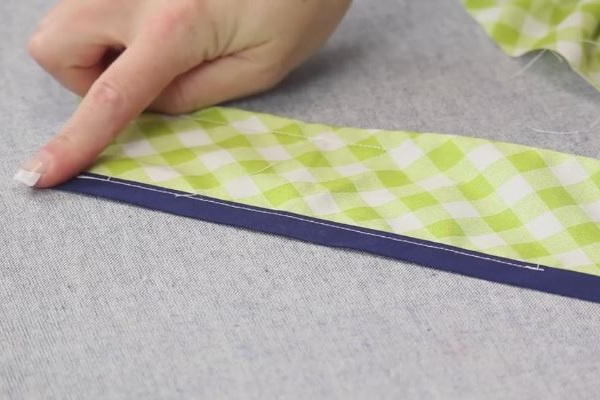
Types of Bias Tape
If you are wondering how to apply bias tape, then this is the section for you. When it comes to types of bias tape, you will find a few different options and variations. Besides single-fold and double-fold that was mentioned in the previous section, there are more choices available.
Iron-On Bias Tape: Also known as fusible bias tape, iron-on tape comes with adhesive on one side which allows you to use heat to press it onto your edges instead of sewing. This binding type is easier and faster than sewing but doesn't show the beautiful stitching that is achieved with the next type we will discuss.
Sew-On Bias Tape: This is the traditional bias tape type. It's simply folded fabric that you will then sew by machine or hand to adhere to your edges. You will find the tutorial for sewing bias tape in the next two sections.
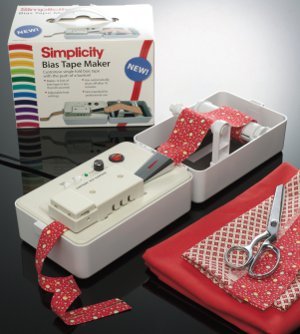
Other Variations: Bias tape is also available in extra-wide widths, for blankets (called blanket binding) and for quilts (called quilt binding). There is also twill tape, which is a woven fabric. It's thicker and stronger than most other types of bias tape.
Widths: As mentioned previously, there are different widths available for this tape. When you make your own, you can choose your own size but when you purchase it, it is available in various different widths. With double-fold, it will be the same width on both sides. So, both single and double-fold bias tape can be found in as narrow as 1/4" to as wide as 2".
Packages usually sell the tape in 3- or 4-yard lengths. Besides buying packaged bias tape, you can also make your own bias tape from your own scraps of fabric and iron.
For a semi-from-scratch method, there are bias tape makers that can be purchased, which makes cutting and pressing your homemade bias tape easier. It's helpful to be able to make your own if you need an uncommon length or width, or if you want a specific pattern or color that cannot be found.
How to Use Single-Fold Bias Tape
Learn how to sew on bias tape that is single-fold. This tutorial will provide you with the simple steps it takes. In order to sew this, you will want a sewing machine with an edge or blind hem foot attached. You'll find the basic steps shown in the image collage below.
- Hold the bias tape down along the fabric edge (right side). You will be sewing in the groove closest to the edge of the fabric.
- Use a straight stitch to stitch along the groove on the bias tape and fabric below.
- Flip the fabric piece and the rest of the bias tape piece over to the wrong side.
- Line up the foot with your stitch. Set your needle position to the side.
- Sew the rest of the bias tape down.
- Finish off your bias tape by folding it and sewing it with a regular foot (or using the method of your choice).
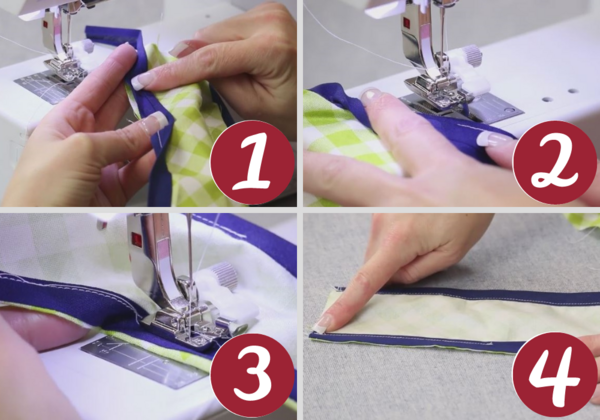
How to Sew Double-Fold Bias Tape
Learn how to sew on bias tape that is double-fold. This tutorial will provide you with the simple steps it takes to sew bias tape of this type. As with the single fold method, in order to sew this, you will want a sewing machine with an edge or blind hem foot attached. You'll find the basic steps shown in the image collage below.
- Open up the bias tape and hold it down against the edge of the wrong side of the fabric.
- Sew a straight stitch along the groove closest to the edge.
- Flip the fabric and fold of bias tape over to the right side of the fabric.
- Stitch until you have reached the end.
- Finish off your bias tape by folding it and sewing it with a regular foot (or using the method of your choice).
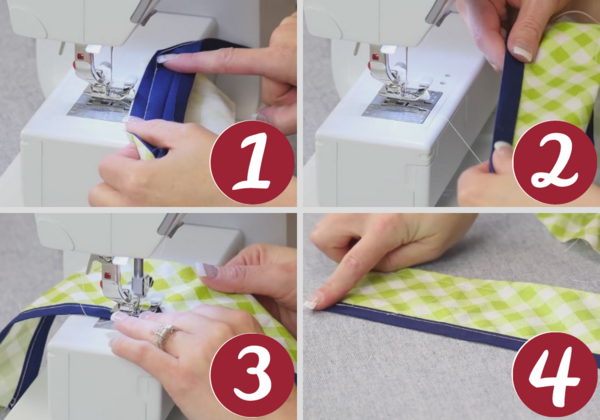
Want More?
Types of Hems + 10 Hemming Tutorials >>
What's your favorite sewing notion to use?
Let us know below in the comments!
Your Recently Viewed Projects
upnseams
Sep 25, 2017
My favorite sewing notion is my ott lights. When you get older and eyes fail you these lights are wonderful.
KLC
Sep 20, 2017
I always think threading a needle will be easy but sometimes I spend more time doing that than actual sewing - that's why I have to go with the needle threader!
Report Inappropriate Comment
Are you sure you would like to report this comment? It will be flagged for our moderators to take action.
Thank you for taking the time to improve the content on our site.

